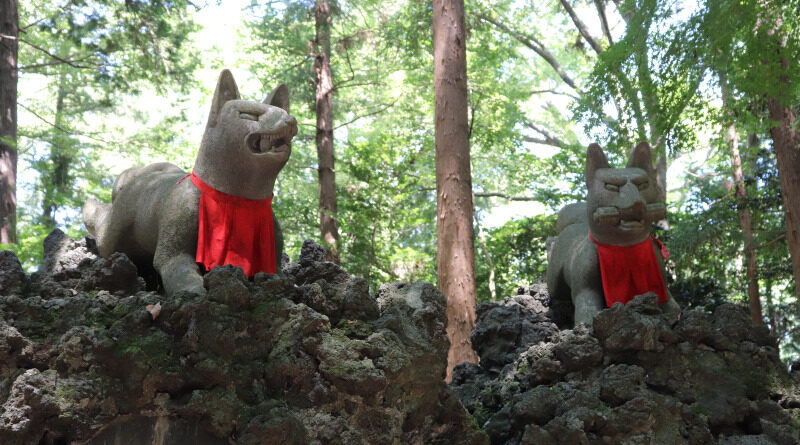
Toyokawa Inari (Myogon-ji Temple): Inari Temple in Aichi
Kyoto’s Fushimi Inari Shrine is certainly popular shrines in Japan as the best Inari shrine to visit. However, for people in and around Nagoya, Toyokawa Inari is more popular. Also known as Myogon-ji Temple, Toyokawa Inari is the principal Inari temple in south Aichi prefecture.
Toyokawa Inari
Toyokawa Inari is quite popular in Tokai region and one of the most popular places for Hatsumode* on New Year’s Day in Aichi prefecture.
From Nagoya Station, Toyokawa Inari is about an hour away via the Meitesu Line (getting off at Toyokawa Inari Station). Once there, it is only a short walk to Toyokawa Inari.
The shopping street leading to the temple has many shops visitors can stop at along the way, which is always fun. It certainly has a touristy feel to it, yet there really wasn’t a crowd at all.
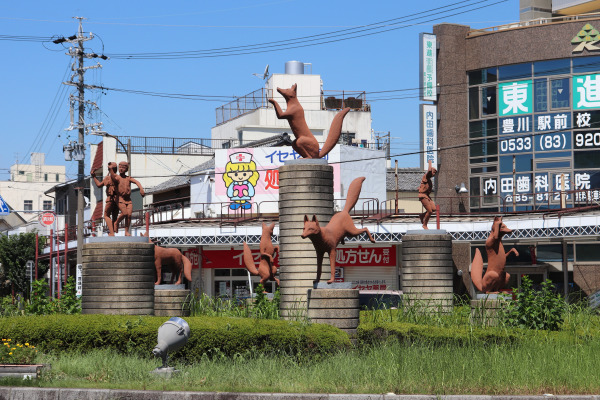

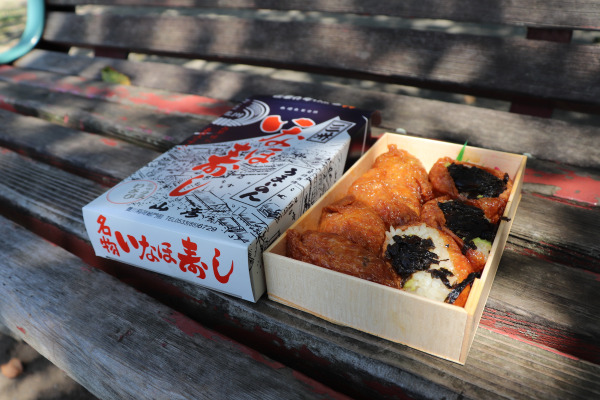
*Hatsumode- the first visit to a shrine or temple during the first of a new year.
Temple Grounds
According to the temple records, back in the Kamakura period (1185~1333), a monk named Kangan Giin went to China where he was blessed by the god, Dakiniten. Giin later carved the principal statue and founded Toyokawa Inari.
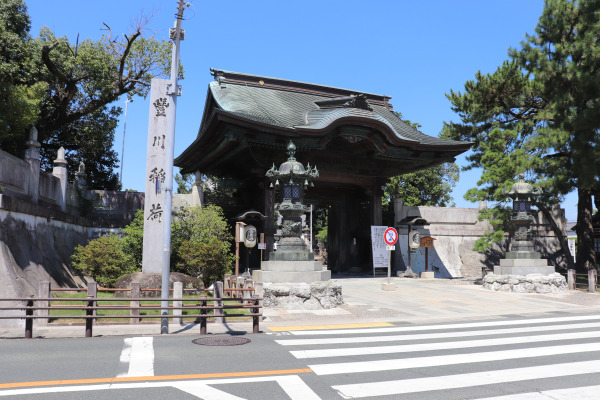
In the Muromachi period, the temple later enshrined Senju Kannon Bosatsu, and Dakiniten (In Toyokawa Inari, it is called Dakinishinten) became a guardian god of the temple.
However, because Dakiniten and the god Inari share many similarities, this temple became popular as Inari Belief became popular among people.
As we explained before, the Inari faith is a complicated mixture of Shinto, Buddhism, and folk religions, making it so hard to understand…

The Hondo of Toyokawa Inari, Daihonden, is a huge one. It is more than 30m tall! And as a temple, it enshrines the Senju Kannon statue.
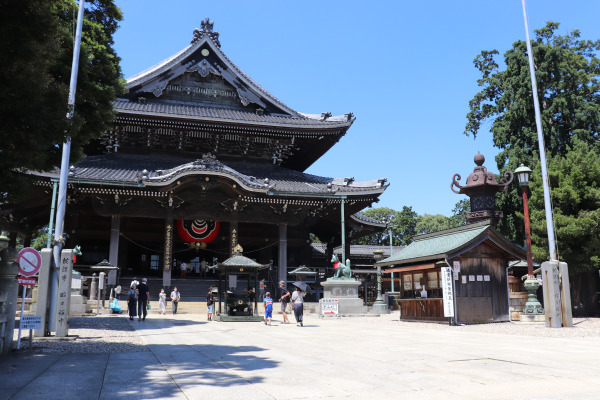
Like many other temples, you do not clap your hands when you pray, but I did see some people mistakenly clapping when they prayed. I guess even Japanese people get confused too.
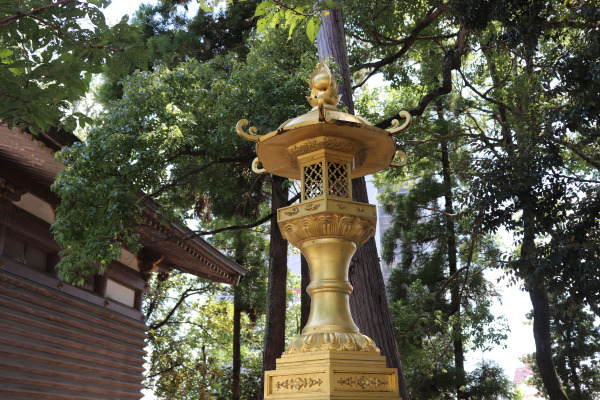
Also, Dakiniten is enshrined in this Hondo, but the statue is not open for public viewing.
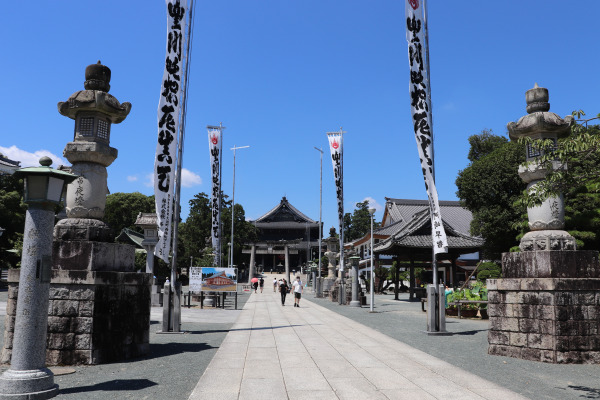
Okunoin
If you follow the main path through the temple grounds you will find the Okunoin. It is amazing just how big this temple is.
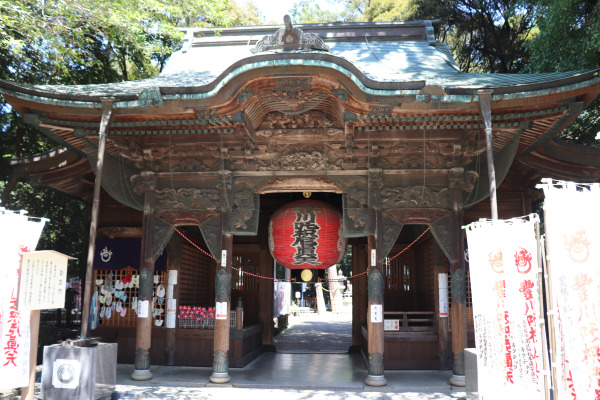

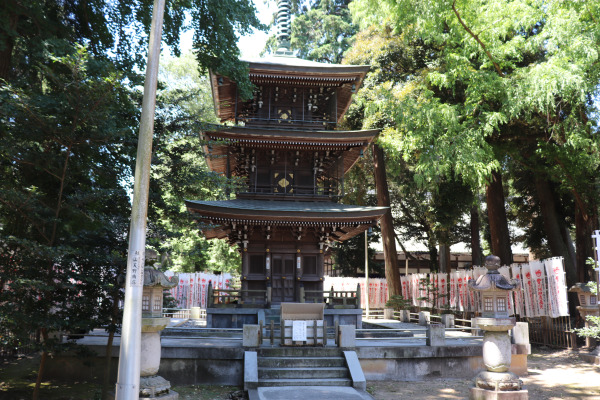
Unlike Fushimi Inari Shrine, it is not torii but instead, fox statues that line the sides of the main path in the shrine. There are so many different kinds of statues too so its really fun to walk around and see the different foxes.
It is typical for fox statues in Inari shrines to hold rice, a ball, or a handscroll in their mouths, but for some reason that is not the case in Toyokawa Inari. Maybe because this is a temple? It is quite interesting how different an Inari Shrine and an Inari temple are.
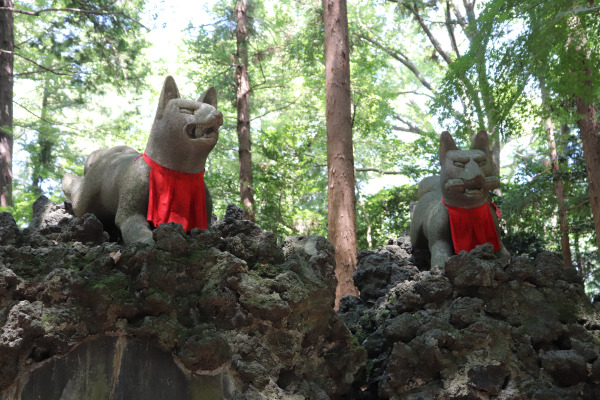
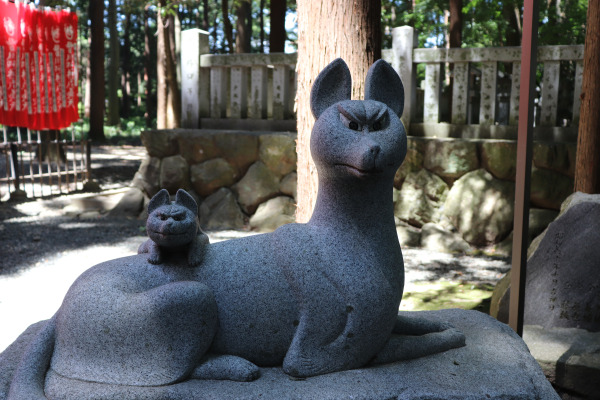
All the way to the furthest end of the temple are numerous fox statues. People donated those fox statues to the temple as a token of gratitude to the power of Inari for granting their prayers.
It seems there are more than 1,000 fox statues enshrined here. Some look new, but some look really old too.
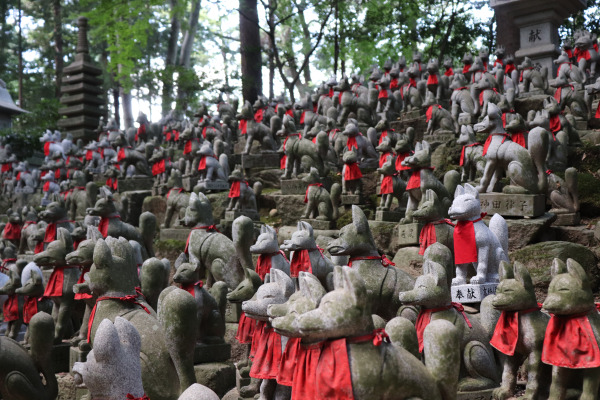
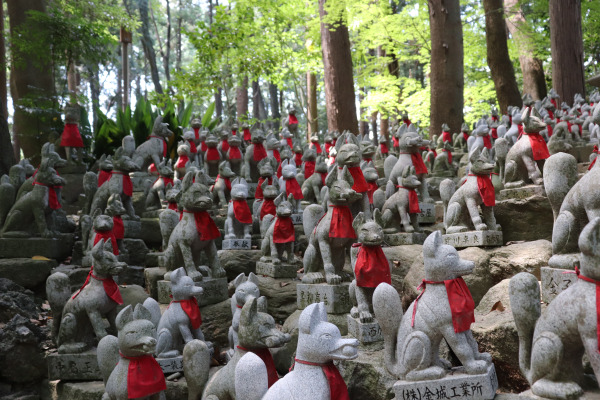
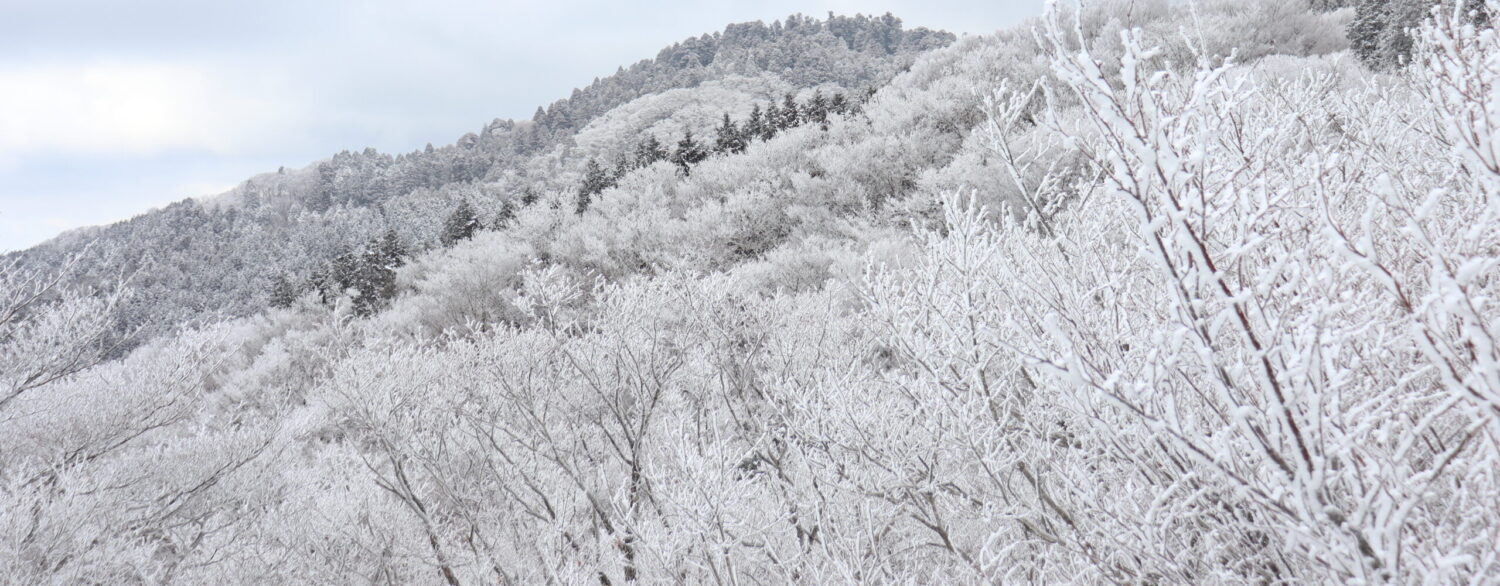
Leave a Reply